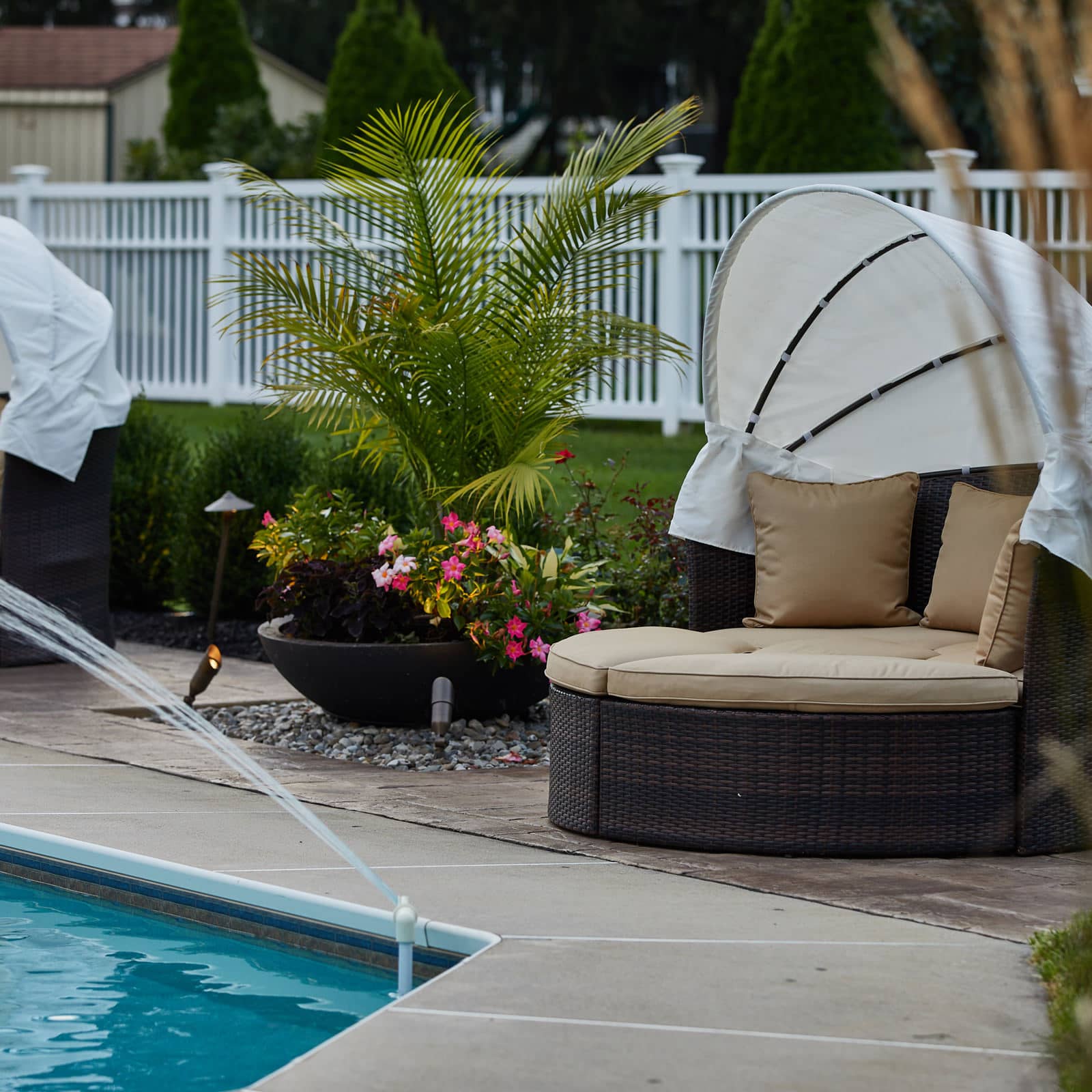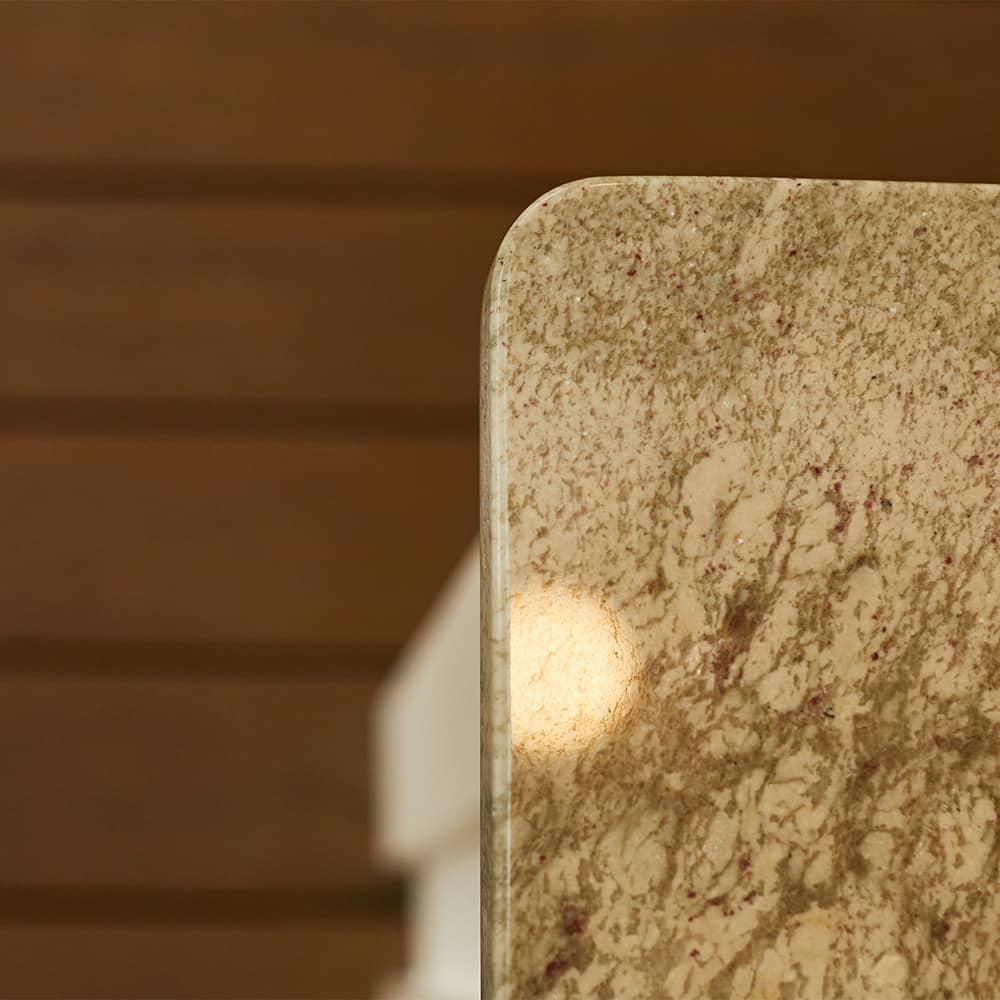The Spotted Lanternfly
Posted July 12, 2018 in Plant and Tree
We have all heard about, saw segments on the news or have seen newspaper headlines about these supposed “pests” and their quest for a progressive Pennsylvania plight, but what is the Spotted Lanternfly and is there really a cause for alarm?
Let’s start from the beginning, shall we? Despite its name, this bug is not a fly, but a planthopper in the Fulgorid insect family. Native to countries like India, Japan and China (to name a few), it was quickly deemed a pest when it started to affect the countries’ agriculture. While most Americans live their life with the “out of sight, out of mind” mentality, the threat transformed into reality in 2014, when the first signs of this outdoor parasite were somehow found in Berks County.
Agriculture Secretary George Greig, “Since Pennsylvania is the first known home to spotted lanternfly in North America, we’re taking every possible precaution to stop its spread and eliminate this threat.” Most southern PA counties have been affected by the bug and it seems that they are spreading at their own leisure, so identification is key to knowing if your property is being infested!
In the fall, newly laid egg masses look like a smear of brown/grey mud on the trunks and branches of trees, easily missed if not intently looking for them. Each mass contains about 30-50 eggs and will begin to hatch in the April/May timeframe. A nymph will transition through several immature stages, the first being wingless and black with white spots. As it matures, it will produce red patches to intermingle with the white and as early as July, adults can be seen. Adult lanternflies can be identified by their approx.. 1” long x .5” wide body at rest. The main wing outer wings are grey with black spots and the wing tips resemble black and grey cracked mortar or the veining you would see in dry mud. With open wings, their black head, black-banded yellow abdomen and hind wings that display patches of red and black can be seen.
Besides their growing numbers, what’s the real problem? Well, unlike other problematic agricultural pests that eat plant’s roots and leaves, the spotted lanternfly prefers gnawing at branches, stems and trunks using its piercing mouth to suck the sap from the trees. As the bug digests the sap, it will secrete a substance named “honeydew”, which will mix with the oozing grey/black sap left running down the host; this mixture becomes a substance that attracts bees, other insects and provides the perfect environment for fungi growth such as sooty mold. Sooty mold is known to cover the host and stunt its future growth, ultimately making it very susceptible to death.
While it is speculated that these bugs were initially attracted to Pennsylvania because of our large population of the invasive and ironically named tree, Tree of Heaven. This Chinese origin tree is famous for its bad smell, but also as the number one food source for spotted lanternflies. Since the introduction of the lanternfly, they have seen moved onto our fruits and fruit trees like apples, peaches, plums and apricots! However, you will not find these bugs nibbling on any of the fruit itself, it is only concerned with the tree’s life source, its sap.
This invasion to our agriculture is speculated to result in the loss of as much as $18 billion in agriculture revenue, and it doesn’t stop there. While the agriculture industry is at risk, so are the trees in our own backyard. If you have fruit trees or high-value and beloved ornamentals on your property, it is within your best interest to take an interest! Go out and inspect the trees around the property, if you find this pest hanging out without an invitation or you spot an egg mass, the Pennsylvania Department of Agriculture is urging residents to report their sightings. People living in already quarantined zones (find out if you live in a quarantine zone here) are urged to take measures to destroy the pests on their property. Most locals have resorted to wrapping their trees in sticky paper tape, swatting, using a tennis racket or squishing the bugs (while they don’t bite, they are juicy, so don’t wear your Sunday best when you are in pursuit).
If you look up your address and notice you are not in a quarantined zone, the department suggests emailing badbug@pa.gov or calling the Invasive Species Hotline, toll-free at 866-253-7198. Your discovery of this pest could add additional municipalities to the quarantined area, but also to the list of counties searching for a solution!
Hopefully this has shed some light on the importance to eradicate this pest from our beautiful and lush landscapes in Pennsylvania. For those who have had landscapes affected by the spotted lanternfly who are looking to create a new landscape design that is not as appetizing to these unwelcome guests, reach out to MasterPLAN Outdoor Living. Together, we can find solutions for your landscape, property and your family to create an outdoor living space that is comfortable, relaxing and everything you have always dreamed of!
Join Our Newsletter
Stay up to date with what is happening with MasterPLAN Outdoor Living.

It’s the details that make each MasterPLAN project feel like home.

MasterPLAN can help design and install your perfect pool and surrounding outdoor living space in the Lehigh Valley through the Main Line of Philadelphia!

Dry under-deck systems provide added lounge and entertainment areas to your outdoor living plan. Read more about this Limerick, PA project!

An outdoor kitchen/bar can include as little or as many features as you’d like! Our discovery process will hone in on what makes the most sense for your family, home and lifestyle.

When the sun sinks low, MasterPLAN projects come to life!

Efficient outdoor living design will keep green spaces in tact so your kids can be kids and have room to adventure!

Morning coffee + fresh air + cuddles with the family on the deck watching cartoons = sign us up!!!

It is our pleasure to pay attention to every little detail of your project. For example, we design our granite countertops with eased edges and rounded corners for an added safety measure!






